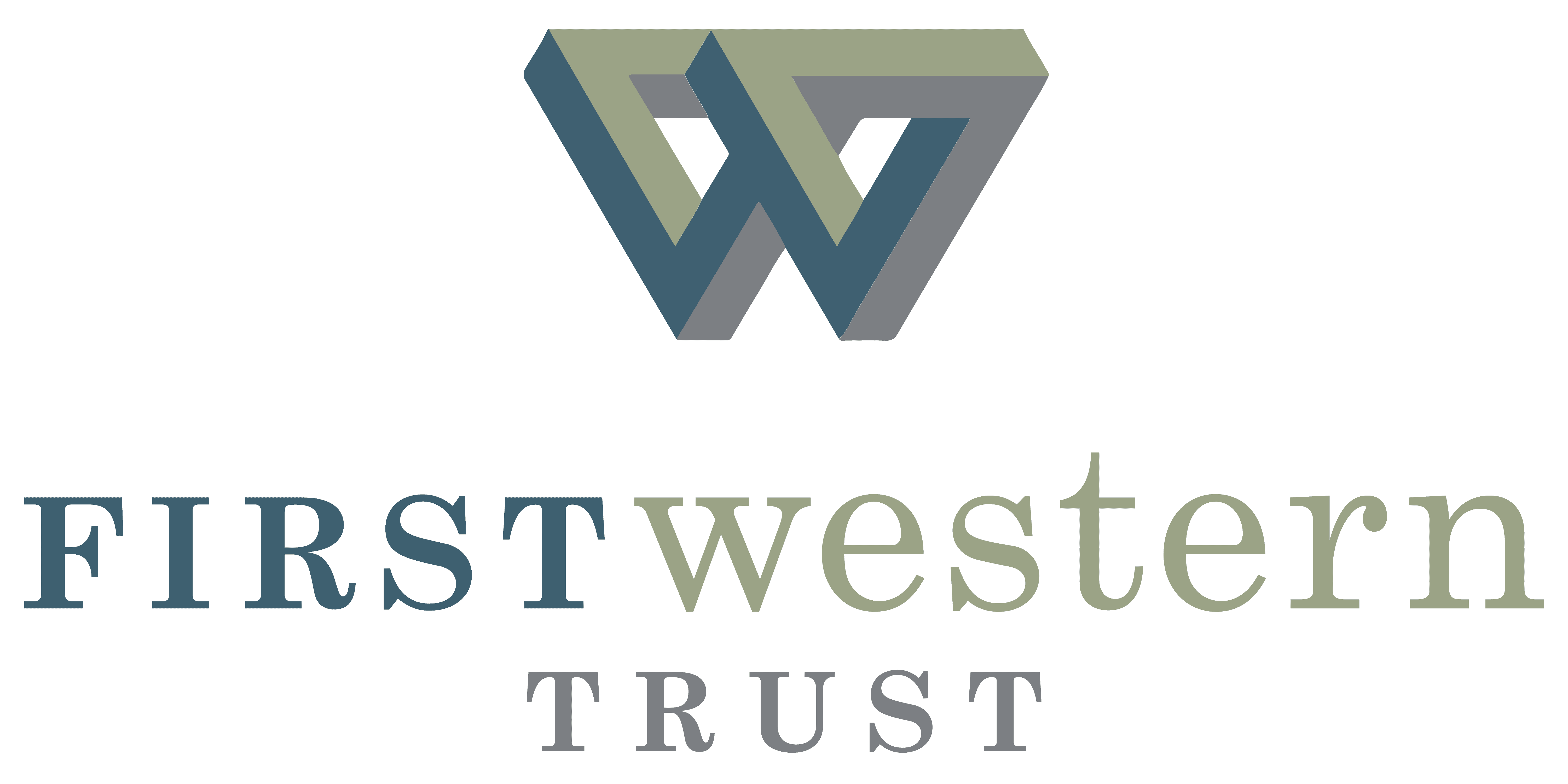
Building a Personalized Wealth Management Strategy: Key Steps to Achieve Your Financial Goals
October 24, 2024
Wealth management isn’t a one-size-fits-all process. Every individual and family has unique financial goals, life circumstances, and risk tolerances that shape their approach to building and preserving wealth. Whether you’re aiming to retire early, fund your children’s education, or grow your investment portfolio, a personalized wealth management strategy is crucial to achieving your financial objectives.
In this blog, we’ll walk through the key steps to building a wealth management plan that is tailored to your goals and evolves with your life.
1. Setting Clear Financial Goals
The first step in any wealth management plan is defining your financial goals. These goals guide every decision you make, from how much you save each month to how you invest your assets.
Start by thinking about your short-term, mid-term, and long-term financial aspirations:
- Short-term goals: These are typically within the next 1-3 years and could include saving for a vacation, purchasing a new car, or establishing an emergency fund.
- Mid-term goals: These are goals within 3-10 years, such as saving for a child’s education or making a down payment on a home.
- Long-term goals: These may include retirement, creating a legacy for your heirs, or funding a significant charitable donation.
Each of these time horizons requires a different approach, particularly in terms of investment strategy and savings plans. Clearly defining what you want to achieve—and by when—helps you stay focused and ensures your wealth management strategy aligns with your personal vision for the future.
2. Understanding Your Risk Tolerance
Risk tolerance refers to the level of risk you’re willing to accept in your investments. It’s influenced by factors like your age, income, lifestyle, and financial goals. Understanding your risk tolerance is key to building a portfolio that balances potential returns with an acceptable level of risk.
If you have a high risk tolerance, you may be more inclined to invest in equities or alternative investments, which offer higher growth potential but can also come with more volatility. On the other hand, if you have a lower risk tolerance, you may prefer a portfolio that leans more toward bonds, dividend-paying stocks, or other lower-risk assets that provide stability but with potentially lower returns.
For example, someone in their 30s with long-term growth goals might choose to invest more heavily in stocks. Meanwhile, a person nearing retirement may prefer to focus on preserving their wealth through bonds and safer investments.
3. Diversification and Asset Allocation
Diversification and asset allocation are essential principles in wealth management. Diversification involves spreading investments across different asset classes (e.g., stocks, bonds, real estate) and sectors to reduce risk. A well-diversified portfolio can help you weather market downturns because not all assets typically perform poorly at the same time.
Asset allocation is about how you divide your investments among different asset classes, balancing risk and reward. A typical allocation might include:
- Equities: For growth potential but higher volatility.
- Bonds: For income and stability with lower risk.
- Real Estate or Alternatives: For diversification and potential income streams.
Your asset allocation should be aligned with your goals, risk tolerance, and time horizon. For example, if you have a long-term goal like retirement, you might allocate a larger portion of your portfolio to equities. As you approach retirement, you might shift more of your assets into bonds to preserve capital and generate steady income.
4. Tax Optimization
Wealth management isn’t just about how much you earn—it’s also about how much you keep. Tax-efficient strategies can help reduce your tax liabilities and ensure that more of your money is working for you.
Some tax-optimization strategies include:
- Tax-advantaged accounts: Maximizing contributions to retirement accounts like 401(k)s, IRAs, and Roth IRAs can help you defer or avoid taxes on investment gains.
- Tax-loss harvesting: Selling underperforming investments at a loss can offset capital gains and reduce your taxable income.
- Charitable giving: If philanthropy is part of your wealth plan, consider donating appreciated assets directly to charities to avoid capital gains tax.
Working with a wealth advisor who understands the tax implications of your investments can help you implement strategies that minimize your tax burden and grow your wealth more efficiently.
5. Estate Planning
Estate planning is a critical, yet often overlooked, component of wealth management. It ensures that your wealth is preserved and passed on according to your wishes, providing for your loved ones or supporting causes that matter to you.
A comprehensive estate plan includes:
- A will: To ensure your assets are distributed according to your wishes.
- Trusts: To protect and manage assets for your beneficiaries, reduce estate taxes, and avoid probate.
- Beneficiary designations: To ensure your retirement accounts and life insurance policies go to the right individuals.
- Health care directives and powers of attorney: To protect your interests in the event you’re unable to make decisions yourself.
By taking the time to plan your estate, you can avoid unnecessary taxes, ensure your heirs are taken care of, and leave a lasting legacy.
6. Working with a Wealth Manager
A wealth manager plays a crucial role in building and maintaining your wealth management strategy. They help you navigate the complexities of investing, estate planning, tax strategies, and risk management, ensuring that all the pieces work together to achieve your goals.
Wealth managers also bring discipline and consistency to the process. It’s easy to get caught up in short-term market fluctuations, but a wealth manager helps keep you focused on your long-term plan. They also monitor your strategy and make adjustments as your goals or life circumstances change.
7. Regular Review and Adjustment
Your wealth management plan isn’t static. As life evolves—whether through career changes, family milestones, or unexpected financial events—your strategy should adapt to meet new challenges and opportunities.
Regular reviews of your portfolio, financial goals, and risk tolerance allow you to make necessary adjustments. This ensures that your plan remains aligned with your evolving priorities and market conditions.
Conclusion
Building a personalized wealth management strategy is essential for achieving your financial goals and securing your future. From setting clear objectives to diversifying your investments and optimizing for taxes, each step is critical to growing and protecting your wealth over time.
At First Western Trust, we specialize in creating customized wealth management strategies that reflect your unique needs and aspirations. Our team of expert advisors is here to help you navigate every step of the process and make informed decisions that align with your long-term goals.
Wealth Services and Investment Services are not a deposit, not guaranteed by the Bank, May Lose Value
First Western Trust Bank cannot provide tax advice. Please consult your tax advisor for guidance on how the information contained within may apply to your specific situation.









